Chocolate typically conjures up visions of creamy bars, decadent cakes or rich cups of hot cocoa. Yet, while most of us relegate chocolate to the sweet end of the menu, cooks across the globe have long used this beloved treat to add depth, complexity, and some serious wow-factor to savoury dishes. From indulgent sauces that transform the humblest meats, to unexpected pairings with vegetables and seafood, chocolate can completely redefine what you think about dinner. Let’s take a tour around the world’s tables and discover how this once-sacred food becomes the star in savoury creations you never saw coming.
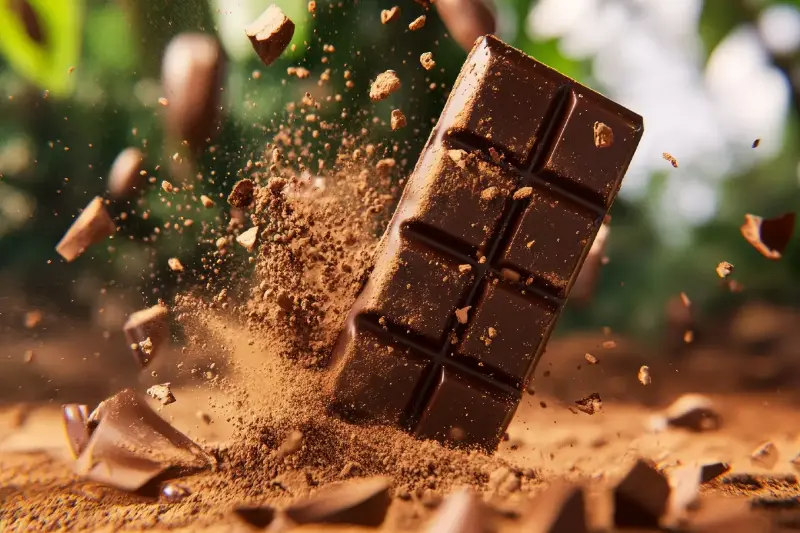
A Journey Through History: Chocolate’s Savoury Origins
Before chocolate became the sweet treat we know today, it was an ancient elixir prized by civilisations like the Maya and Aztecs. These early chocolate drinks bore little resemblance to milk chocolate; they were thick, spiced, and often bitter, sometimes flavoured with chilli or maize. The Spanish conquistadors then brought cocoa beans to Europe, which eventually led to the addition of sugar and the rise of sweetened chocolate. Yet, some of the world’s most delicious savoury traditions still carry echoes of chocolate’s bitter, complex past.
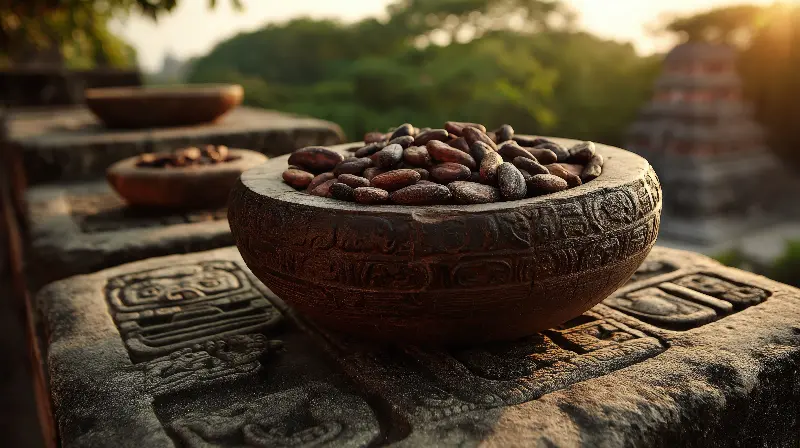
Mexican Marvel: Mole’s Magical Touch
Perhaps the most famous savoury chocolate dish is mole, a rich, deeply flavoured sauce hailing from Mexico. Mole (‘moh-lay’) isn’t just one recipe but a family of sauces, with the most renowned being mole poblano. This thick, nearly black concoction blends chillies, spices, seeds, nuts, and, crucially, dark chocolate. The chocolate isn’t the star on its own – rather, it unites the fiery chillies, earthy spices, and tangy tomatoes, creating a balance of bittersweet, spicy, and smoky. Pour it over chicken, turkey, or even roasted vegetables, and it’s a taste revelation – a true feast for the senses with a silky texture and sophisticated flavour.
Modern Mexican chefs continue to reinvent mole, playing with different types of cocoa, local fruits, and even mezcal. But the heart of the dish remains tied to chocolate. In fact, there are entire festivals devoted to mole, where cooks boast about their secret blends and chocolate is treated with the respect of a sacred ingredient.
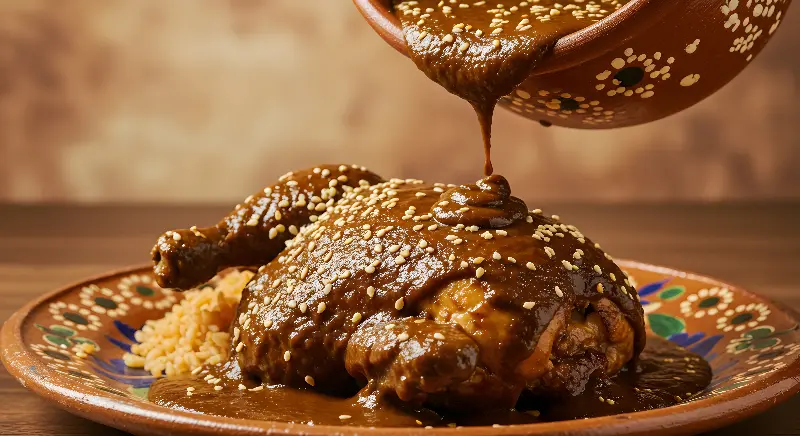
A Spicy Italian Tradition: Chocolate in Ragù And Game
Italy, too, has a secret chocolate weapon. In Tuscany and Umbria, game dishes like wild boar stew (cinghiale in umido) often get a final flourish of dark chocolate or cocoa powder. The bitterness cuts through the richness of the meat, making the sauce smoother and amplifying the herbal notes of rosemary and juniper. You’ll also find Venetian ragù laced with a touch of cocoa, inspired by centuries-old trade links with the Americas.
One regional delight, lepre con cioccolato, is a hare stew braised in red wine, vegetables, and a whisper of chocolate. The result isn’t overtly ‘chocolatey’ – instead, the cocoa acts almost like an umami bomb, intensifying savoury notes while adding a mysterious aroma that leaves diners guessing the secret ingredient.
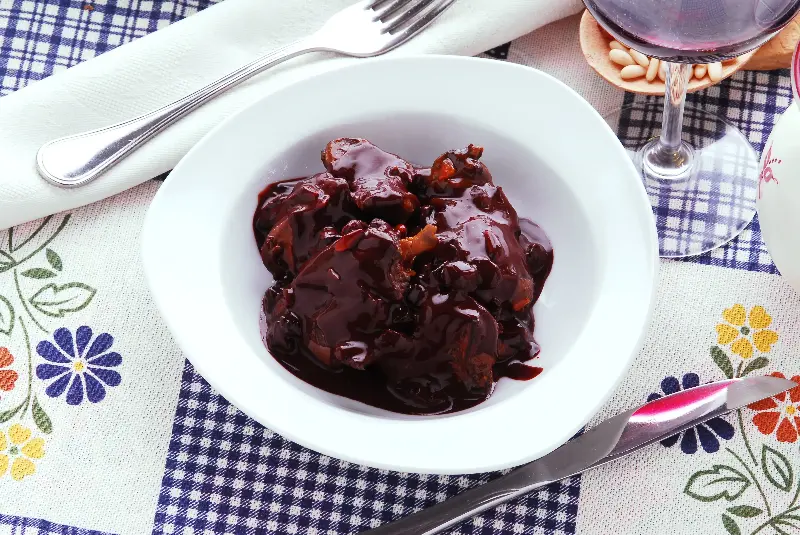
Spanish Surprises: Rich Flavours with a Hint of Cocoa
Chocolate has made its way into the Spanish kitchen as well, particularly in Catalonia. The classic Catalan dish “conejo con chocolate” features rabbit simmered in a sauce infused with dark chocolate, nuts, and spices. The gentle sweetness and depth of the cocoa round out the robust flavour of the rabbit. Even basic tomato sauces in Spain are sometimes given a dash of cocoa powder, a trick passed down through generations to bring complexity and balance.
Chocolate Down Under: Creative Modern Pairings
Chefs in Australia and New Zealand have been flexing their creative muscles by experimenting with chocolate’s complexity. One signature dish seen at contemporary bistros is cocoa-rubbed kangaroo steak. Here, bitter cocoa powder is used in spice rubs alongside black pepper and native wattleseed. When seared, the cocoa forms a crust that keeps the meat juicy and infuses it with intriguing depth.
Chocolate is also creeping into seafood territory. Some adventurous kitchens serve scallops or prawns atop a base of white chocolate and lime emulsion, a daring blend that meshes sweetness, acidity and the delicate salt of fresh seafood.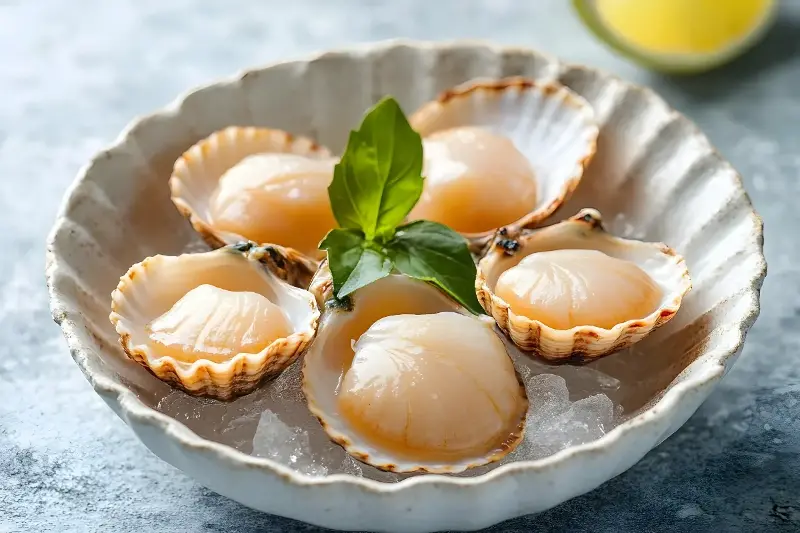
Unexpected Vegetarian Showstoppers
You don’t need to be a meat-lover to savour chocolate’s dark magic in main courses. Vegetarians can look to Mediterranean recipes for inspiration. Greek moussaka sometimes features a hint of cinnamon and cocoa in the tomato base, making the aubergines and lentils taste even meatier. In Morocco, tagines layered with apricots, preserved lemon, and olives gain a unique edge from the addition of grated dark chocolate or a spoonful of raw cacao. It highlights the sweetness of dried fruit while balancing the tang of citrus.
Even in Eastern Europe, dishes like Polish bigos (a hunter’s stew of cabbage and mushrooms) occasionally benefit from a sprinkle of dark cocoa, a legacy of baroque culinary experimentation with ‘sweet’ spices and chocolate in aristocratic kitchens.
A Few Surprising Tips for Home Cooks
Curious about experimenting in your own kitchen? Start small. Add half a teaspoon of unsweetened cocoa powder to your next chilli or stew – you’ll be amazed by how it deepens the flavours without dominating the dish. Try a pinch of bittersweet chocolate in Bolognese sauces or hearty lentil soups. For more adventurous palates, create a savoury chocolate vinaigrette by whisking cocoa, balsamic vinegar, olive oil, and a touch of mustard; it’s delicious on roasted root vegetables.
Chocolate’s boldest magic happens when you harness its complexity as a background note, rather than a main flavour. Look for unsweetened or high-cocoa dark chocolate for the best results.
Chocolate doesn’t need to be saved for pudding. Around the world and across history, it’s made its way into some of the most memorable and surprising main courses. By thinking beyond the dessert trolley, you’ll discover endless ways to make your suppers richer, bolder, and more conversation-worthy. So next time you’re in the kitchen, reach for a dark bar – you might just unlock a new dimension of deliciousness.
